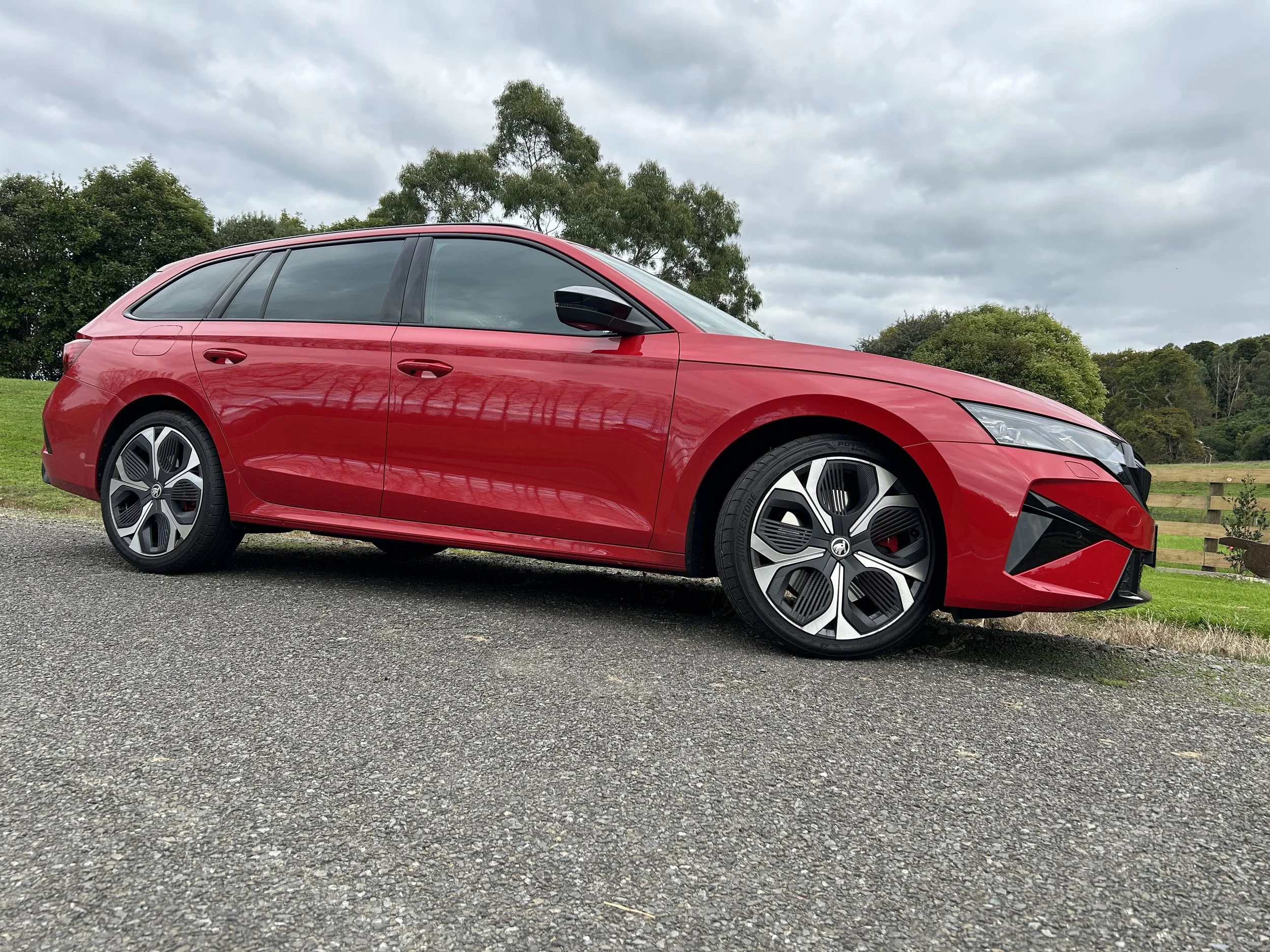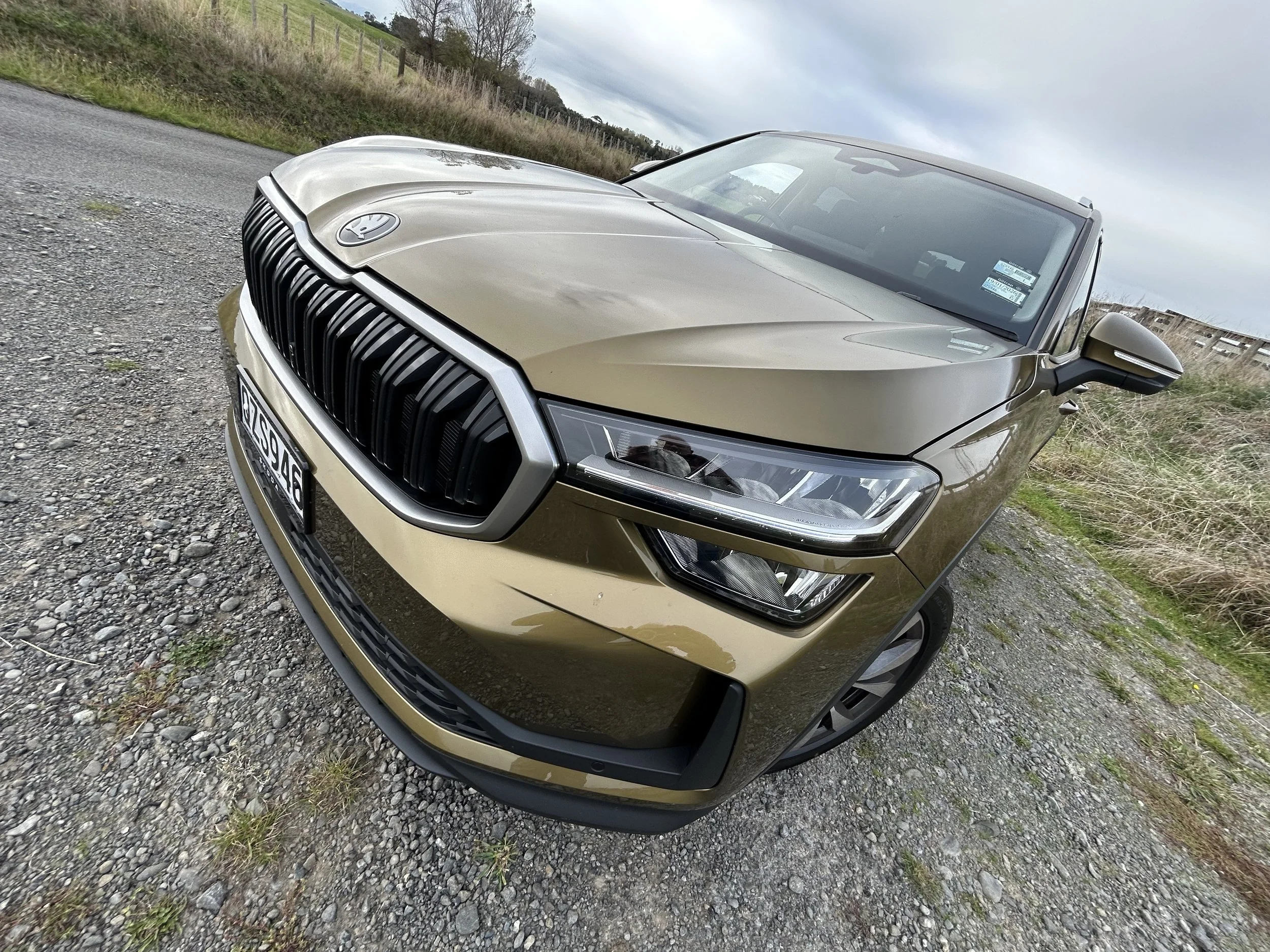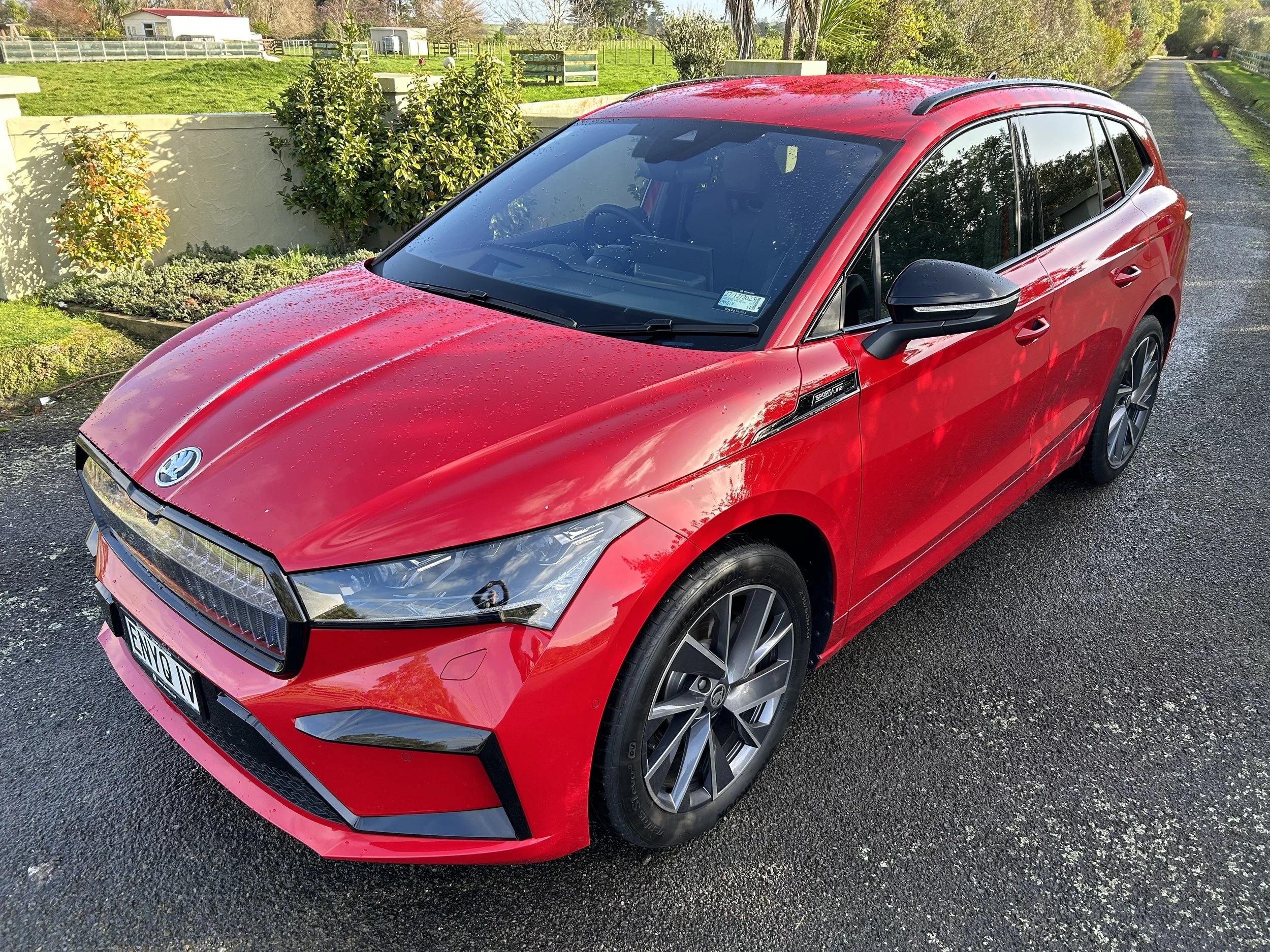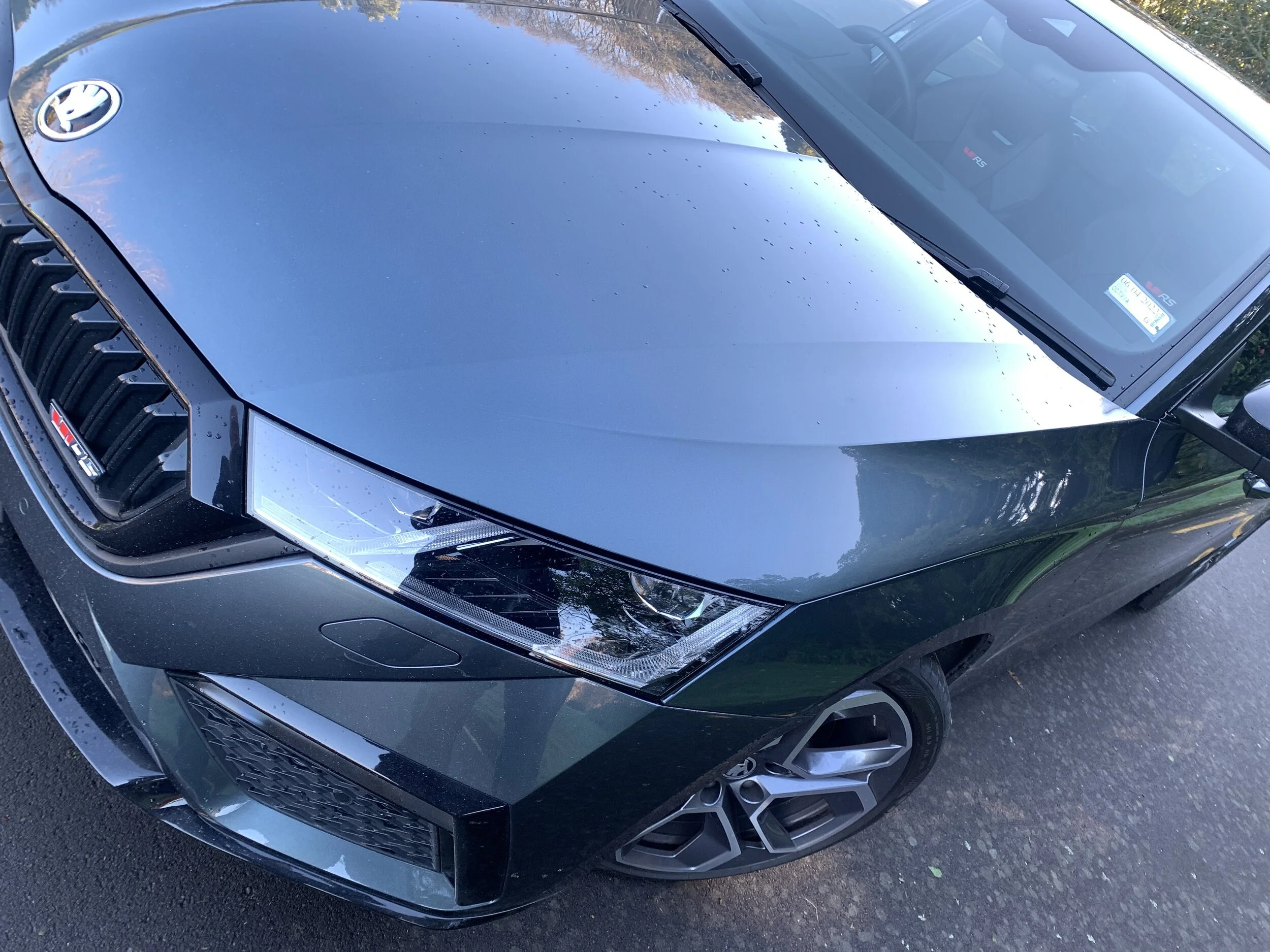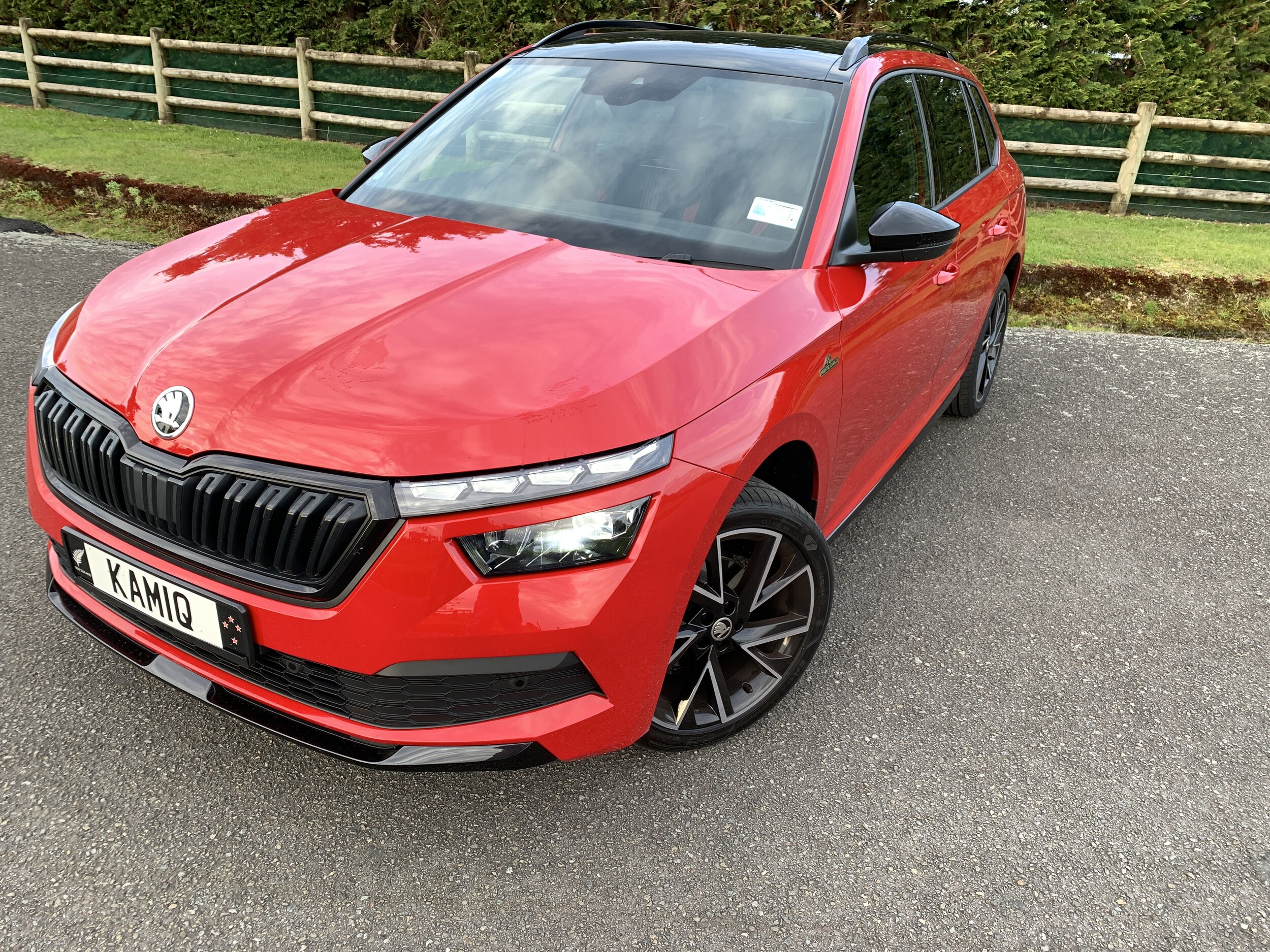A 1.5-litre petrol powertrain shared with the Kamiq Ambition Plus tested recently is peppy rather than outright power-packed, so just doesn’t have the visceral oomph that wallops in with the angriest Kodiaq – in which an against-trend turbodiesel really proves why an oiler engine can work very effectively as a performance SUV powerplant - and the suspension tuning being tailored more toward comfort means it won’t carry that dash as sharply through the bends.
Where the two cars do stand equally, though, is in how smartly they present at the kerbside. Regardless that it isn’t any different for performance than the Kamiq Ambition Plus tested recently, the Monte Carlo nonetheless very effectively imparts as looking as though it will be the king-hitter of its three-variant immediate family.
And it’s not just that it looks racier. It also has the air of a better-finished car, simply because the basic design is especially effectively detailed in its most expensive format.
That’s not to bag the Kamiq for its general shape and dimension. Skoda design is less flamboyant than you get from Volkswagen and Audi, true, and even SEAT tends to sneak in a touch more flair. Yet there’s a pleasing aesthetic with the Czech brand’s look. And as much as the Kamiq could be called a mini-me of the Karoq which, in turn, is just really a scaled down Kodiaq, the end result is that all three cars relate coherently and all have a tidy appearance.
Even so, the fact that the Monte Carlo on test registered much more of a wow factor than the preceding Ambition Plus came down to two factors.
First, the arrival of a Monte Carlo in its hero hue, Corrida Red, really enforced how it’s among those cars that simply step up massively when meted a bold colour. The car straight away looked so much more interesting than the Ambition Plus’s homeware white.
Influencing that thought, too, was impression that the Monte Carlo just looks better with the additional adornments that restrict to its trim level.
The black roof rails, stronger-styled alloys and LED headlamps are finishing touches that really lift its appearance.
The cabin also benefits from the red interior detailing, ambient interior lighting and a step up to the larger (at 9.2 inches) infotainment system with sat-nav that, along with digital instruments with variable display settings, present a classier look than the analogue dials in the cheaper cars. This is the least expensive model yet to achieve the ‘Active Cockpit’ familiar from others in the VW family and it really sets a nice tone; there’s a lot of benefit from having it and operability-wise, nothing’s too techy.

